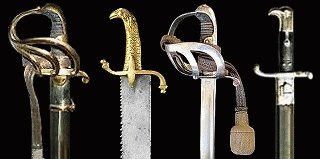| B L A N K W A F F E N DAS FORUM FÜR SAMMLER & INTERESSIERTE unter dem Dach der Deutschen Gesellschaft für Heereskunde e.V. |
 |
| B L A N K W A F F E N DAS FORUM FÜR SAMMLER & INTERESSIERTE unter dem Dach der Deutschen Gesellschaft für Heereskunde e.V. |
 |
| Autor | Nachricht |
|---|
limone(Super-Moderator)
|
 Fröhlich sein, Gutes tun, und die Spatzen pfeifen lassen... Fröhlich sein, Gutes tun, und die Spatzen pfeifen lassen...
|
||
 30.06.16, 16:05:40
30.06.16, 16:05:40
|
|
limone(Super-Moderator)
|
 Fröhlich sein, Gutes tun, und die Spatzen pfeifen lassen... Fröhlich sein, Gutes tun, und die Spatzen pfeifen lassen...
|
||
 30.06.16, 17:14:59
30.06.16, 17:14:59
|
|
limone(Super-Moderator)
|
 Fröhlich sein, Gutes tun, und die Spatzen pfeifen lassen... Fröhlich sein, Gutes tun, und die Spatzen pfeifen lassen...
|
||
 01.07.16, 22:05:07
01.07.16, 22:05:07
|
|
WoodsDog(User)
|
|
||
 07.07.16, 10:12:36
07.07.16, 10:12:36
|
|
| Powered by: phpMyForum 4.2.1 © Christoph Roeder |